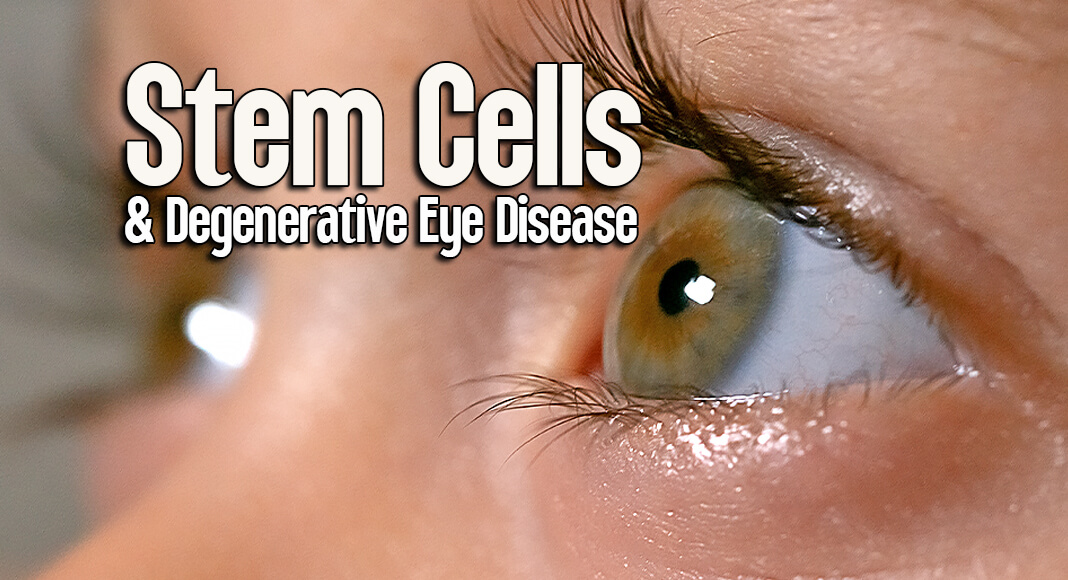
Mega Doctor News
Newswise — LOS ANGELES – Investigators from the Board of Governors Regenerative Medicine Institute at Cedars-Sinai are advancing stem cell technology to treat degenerative diseases of the eye. In one recent study, they determined the optimal dose and surgical method for transplanting cells into the subretinal space, providing the basis for an ongoing clinical trial in patients with retinitis pigmentosa. In a second study, they showed that cells engineered to release a protective protein were better than unaltered cells at preserving retinal function.
Their preclinical animal studies were published in two peer-reviewed journals: the Journal of Translational Medicine and Stem Cells Translational Medicine.
“The first study presents a path from laboratory discovery to patients,” said Clive Svendsen, PhD, executive director of the Board of Governors Regenerative Medicine Institute and co-senior author of both studies. “And in the second, we showed that engineering the cells to release a powerful growth factor enhances their protective effect on retinal cells. This supports our previous studies where the same cells have shown promise as a therapy for neurodegenerative diseases,” said Svendsen, who also holds the Kerry and Simone Vickar Family Foundation Distinguished Chair in Regenerative Medicine at Cedars-Sinai.
In the study in Journal of Translational Medicine, investigators injected five different doses of neural progenitor cells—cells that give rise to various neural cell types—into the retinas of laboratory rats with retinal cell and vision loss similar to humans with retinitis pigmentosa. The condition causes the degeneration of the retina—the light sensitive layer at the back of the eye—resulting in vision loss and ultimately blindness.
The study showed that the animals’ ability to respond to light stimulation was significantly preserved six months after cell treatment, compared with untreated animals. In areas where the grafted cells were distributed, photoreceptor cells, which convert light into signals sent to the brain, were preserved. Part of the study’s purpose was to evaluate any risks related to the therapy, and the results suggested that the therapy could safely be used in clinical trials in human patients.
To determine the best method for delivering the cells in human clinical trials, investigators tested surgical methods for transplanting the cells into the retinas of laboratory minipigs, which have eyes of comparable size to the human eye. Ophthalmologist David Liao, MD, from the Retina-Vitreous Associates Medical Group in Beverly Hills, and Pablo Avalos, MD, associate director of Translational Medicine at Cedars-Sinai, performed the procedures and determined which automatic injection system yielded the best outcomes.
In the study published in Stem Cells Translational Medicine, investigators addressed disease stage.
“One reason results from other animal studies have not been replicated in clinical trials is that the studies were conducted in animal models at very early stages of disease,” said Shaomei Wang, MD, PhD, a professor of Biomedical Sciences and a research scientist in the Board of Governors Regenerative Medicine Institute at Cedars-Sinai, as well as a co-senior author of both papers. “Human patients are generally recruited for clinical trials at much later stages of the disease, and it is important to test stem cell therapy at a disease stage that is relevant to these patients.”
To determine whether their therapies would be effective in late disease stages at which human patients would experience symptoms, investigators injected neural progenitor cells into the retinas of laboratory rats at later stages of retinal degeneration.
They also injected neural progenitor cells specifically engineered to express a protein called glial cell line-derived neurotrophic factor (GDNF). They found that cells both without or with the addition of GDNF offered dramatic retinal and vision preservation at both early and later disease stages.
However, GDNF-expressing cells provided better preservation, including broader protection of photoreceptor cells, than did treatment with only neural progenitor cells.
“Neural progenitor cells help preserve the structure of the retina, and the secreted GDNF offers direct photoreceptor protection,” Svendsen said. “Our next step will likely be a study to evaluate the safety of this therapy to eventually pave the way for clinical trials in humans.”
The Journal of Translational Medicine study was supported by California Institute for Regenerative Medicine grants LSP1-08235 and CIRM-EDUC2-08383, and funding from the Board of Governors Regenerative Medicine Institute at Cedars-Sinai.
The Stem Cells Translational Medicine study was supported by California Institute for Regenerative Medicine grants LSP1-08235, CIRM-EDUC-08383, CIRM-EDUC2-12638 and CIRM2-12638, and funding from the Board of Governors Regenerative Medicine Institute at Cedars-Sinai.
Read More on the Cedars-Sinai Blog: Regenerative Medicine—A New Path for ALS Treatment









